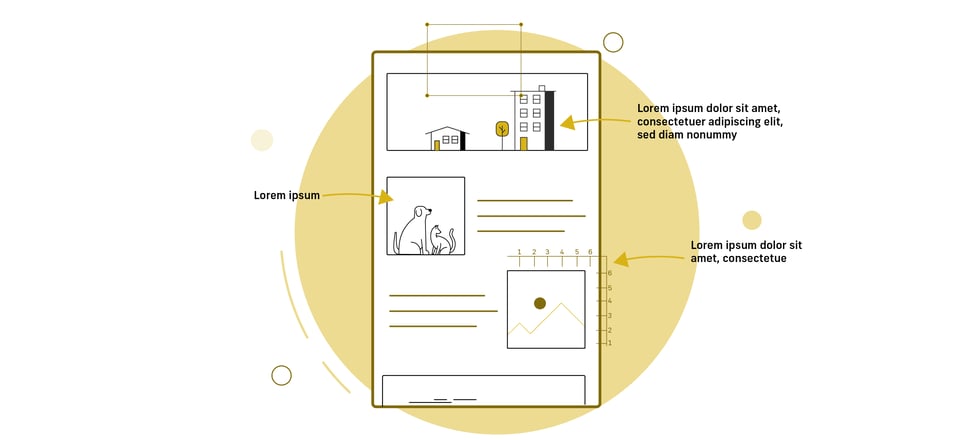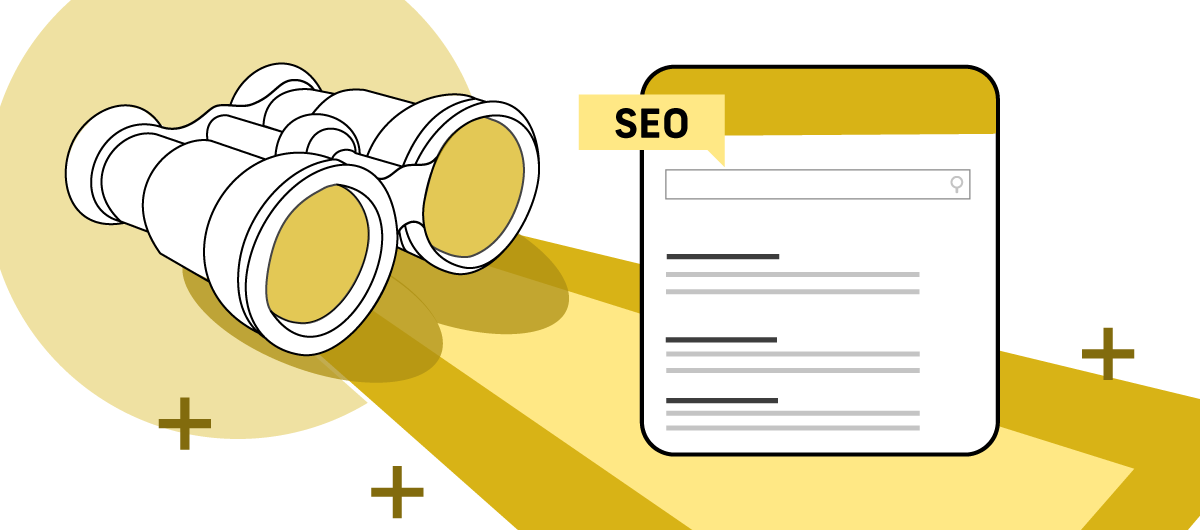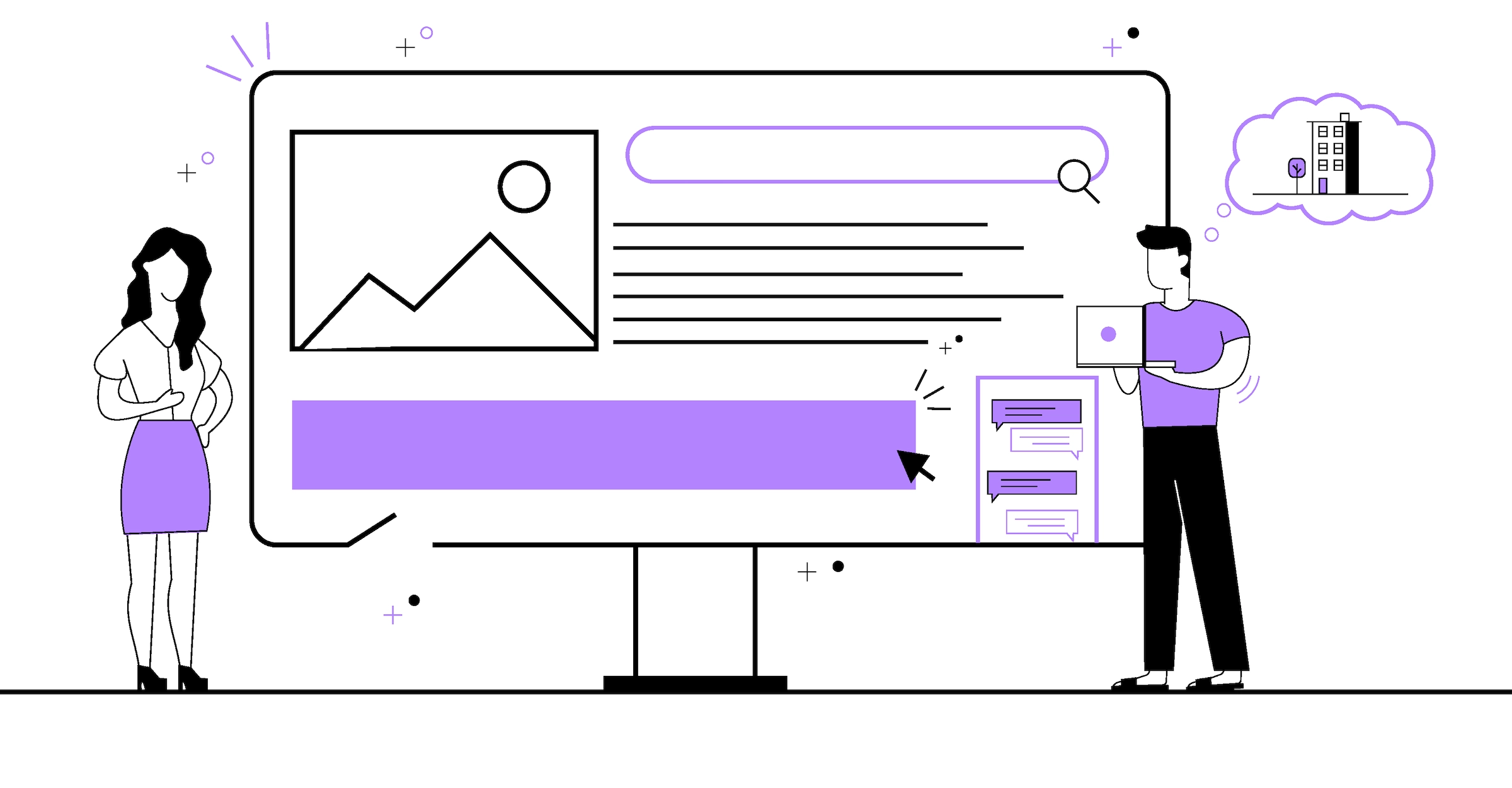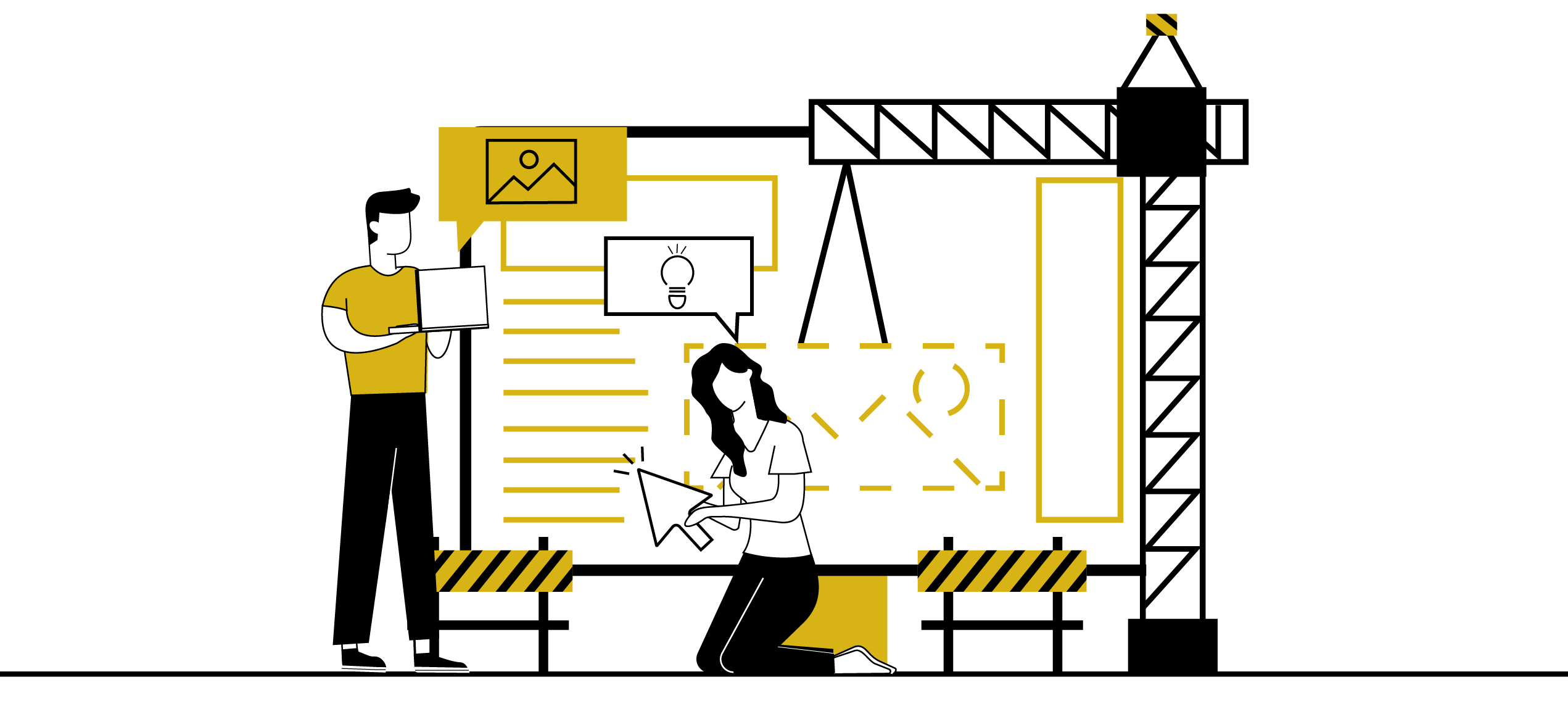Comprehensive Guide to Optimizing Images for SEO on Apartment Websites
In the ever-evolving digital landscape, search engine optimization (SEO) ensures that websites rank higher in search engine results pages (SERPs). When it comes to apartment websites, optimizing images is often overlooked, yet it can significantly impact the site's overall SEO performance. This comprehensive guide will delve into the importance of image optimization for apartment websites and provide practical tips to enhance your SEO strategy.
Understanding the importance of Image SEO is very important. Images on apartment websites serve multiple purposes. They not only enhance the visual appeal of the site but also provide potential renters with a glimpse into the property. However, large and unoptimized images can slow down page load times, leading to a poor user experience. Search engines, including Google, take into account page speed and user experience when determining search rankings. Therefore, optimizing images is essential for improving website performance and SEO.
What is Image SEO?
Image SEO, or Search Engine Optimization for images, refers to the practice of optimizing images on a website to improve their visibility in search engine results pages (SERPs). While traditional SEO focuses on optimizing text content, image SEO specifically targets the images within a website. This is essential for enhancing the overall SEO strategy and ensuring that images contribute positively to a site's search engine rankings.
How Important is Image SEO?
The overall benefits of properly optimized images are improved page load speed, enhanced user experience (who wants to wait for a slow website to load?), higher search engine ranking, mobile-friendly SEO, and increased visibility in image search among other benefits.
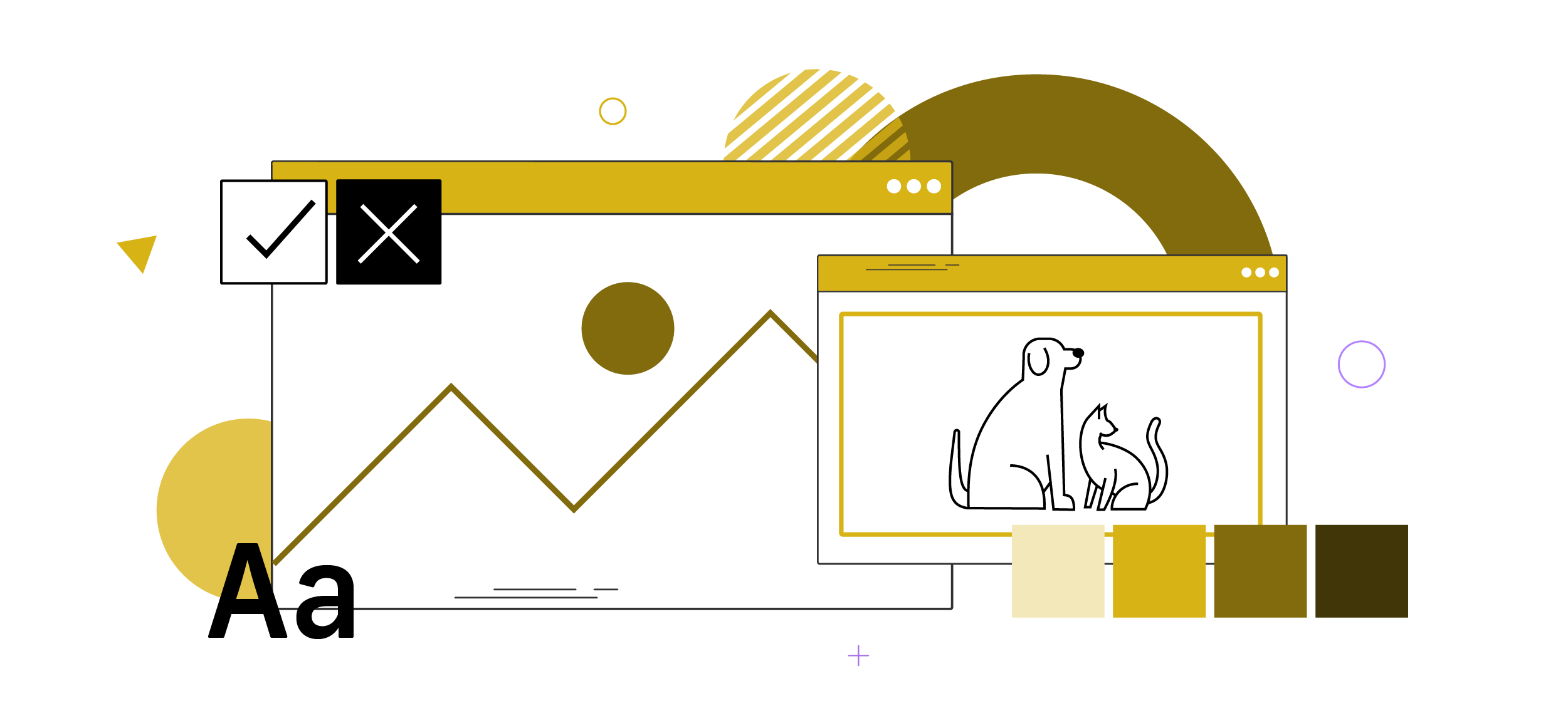
So here are some key strategies for you to optimize your images on your website.
1. Choose the Right File Format
Selecting the appropriate file format for your images is the first step in optimization. Common image formats include JPEG, PNG, and GIF. JPEG is ideal for images with gradients, while PNG is suitable for graphics and images requiring transparency. GIFs are best for simple animations. Choosing the right format not only ensures image quality but also helps reduce file sizes.
2. Compress Images Without Sacrificing Quality
Image compression is a crucial aspect of optimization. Use image compression tools to reduce file sizes without compromising quality. This not only improves page load times but also saves bandwidth for both users and the hosting server. Strike a balance between compression and image quality to maintain a visually appealing website.
3. Implement Descriptive and SEO-Friendly File Names
When saving images, use descriptive file names that convey the content of the image. Avoid generic file names like "IMG001.jpg" and instead use names that include relevant keywords. Especially important for apartment websites is to use local names such as “Downtown Houston” or “arts district” etc. to increase your local geo SEO. Local geo SEO, or local geospatial search engine optimization, refers to optimizing a website or online presence to improve its visibility in local search results. Search engines use file names to understand the context of images, contributing to better SEO.
For example, rename the image of a modern kitchen as "modern-kitchen-apartment.jpg."
4. Add Alt Text for Accessibility and SEO
Alt text, or alternative text, is crucial for accessibility and SEO. It provides a textual description of the image, making it accessible to users with visual impairments. Additionally, search engines use alt text to understand the content of images. Include relevant keywords in your alt text while maintaining accuracy and conciseness.
5. Utilize Responsive Images for Different Devices
With the increasing use of mobile devices, it's essential to implement responsive images on your apartment website. Responsive images adjust their size and resolution based on the user's device, ensuring an optimal viewing experience. This contributes to better SEO as search engines prioritize mobile-friendly websites.
6. Leverage Image Sitemaps
Include images in your XML sitemap to provide search engines with information about the images on your website. This helps search engines index and understand the context of your images, improving overall SEO.
By following these best practices, you can effectively integrate Image SEO into your apartment website content, improving both user experience and search engine visibility. If you would like to read more about related topics, check out this blog post, Keyword Research for Apartment Properties or view more of our website blogs.
